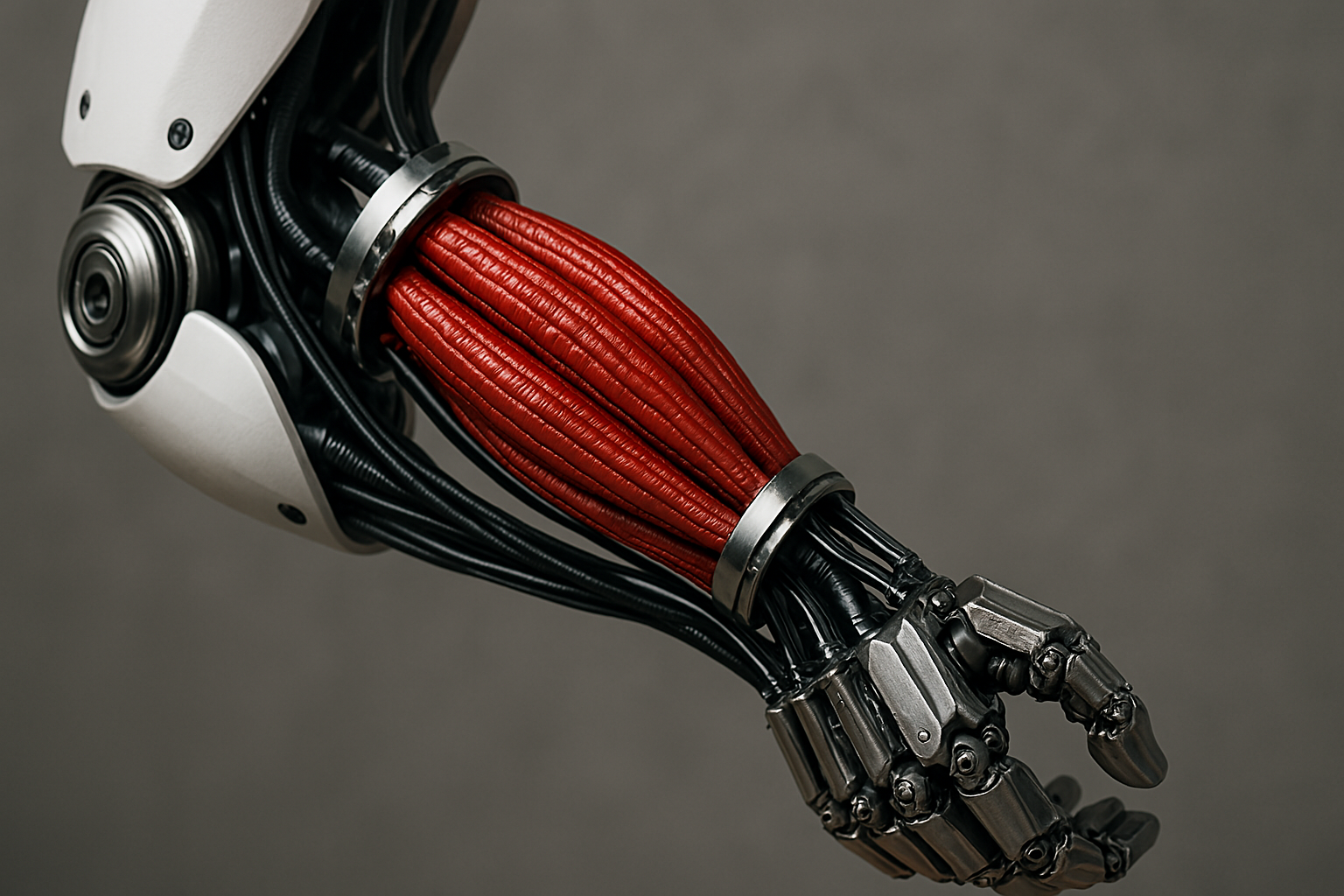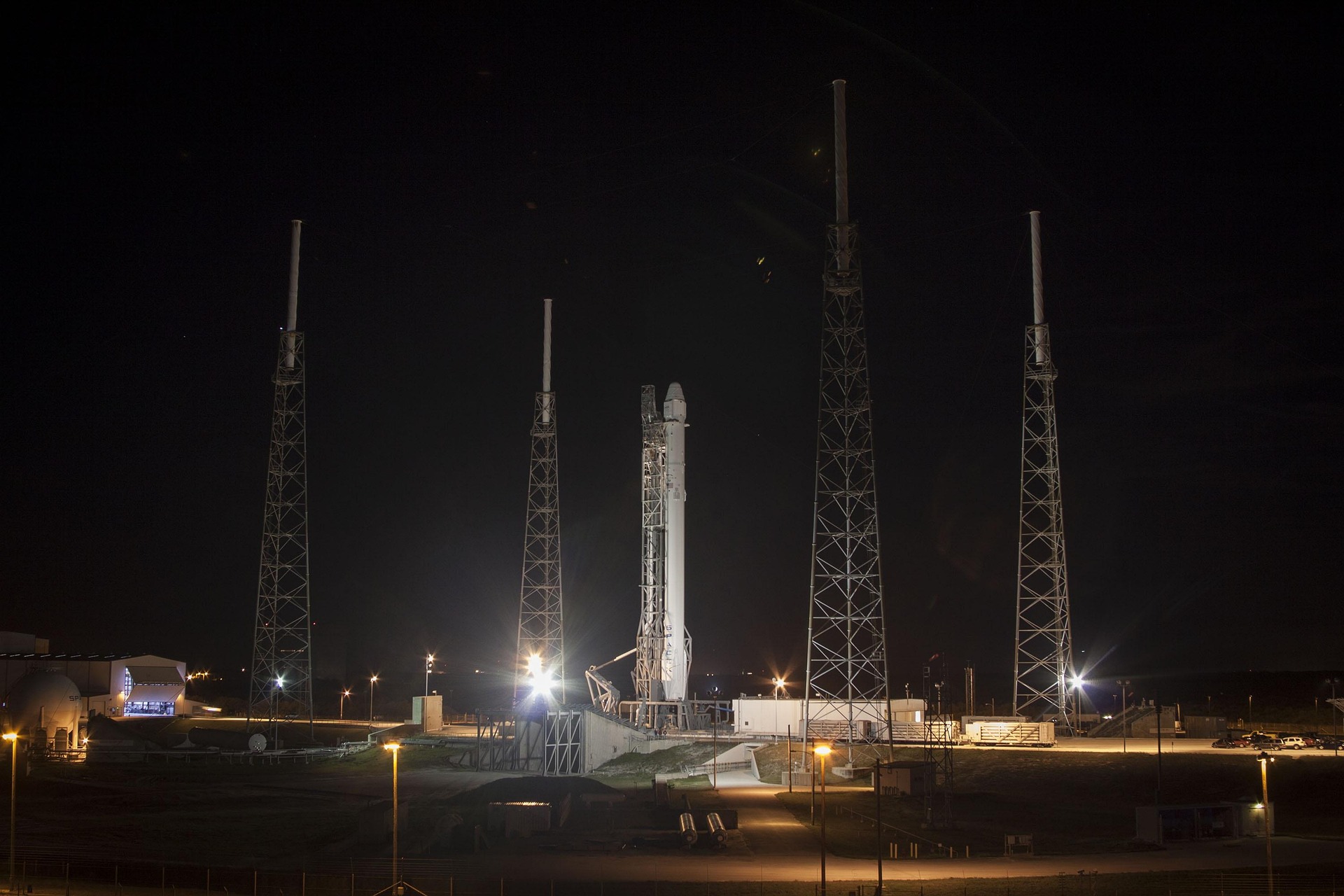In a major step toward the future of soft robotics, engineers have successfully developed artificial muscle tissue that can twitch and flex in multiple, coordinated directions. This breakthrough opens the door to a new generation of biohybrid robots—machines powered not by traditional motors, but by living, lab-grown muscle.
A leap in muscle engineering
The newly developed tissue mimics the behavior of real muscle more closely than previous synthetic attempts. Using a combination of bioengineered scaffolding and living cells, the artificial muscle is able to contract in more than one direction, allowing for fluid, multi-axis movement. This contrasts sharply with earlier efforts, which produced muscle tissue capable of only simple, one-directional contractions.
The team behind the innovation used a layered, elastic matrix embedded with carefully aligned muscle cells. By applying electrical stimulation in controlled pulses, they were able to trigger complex contractions that closely resemble natural muscle coordination. The result is a soft, responsive material that behaves more like biological muscle than anything previously developed in the lab.
Potential for biohybrid robotics
This advancement could dramatically change how robots are designed and operated. Unlike traditional robots, which rely on rigid actuators and motors, biohybrid systems powered by soft muscle tissue could move with far greater flexibility, resilience, and precision. Such systems may one day be capable of tasks that rigid robots struggle with—like squeezing through tight spaces, adapting to uneven terrain, or handling delicate biological materials.
In theory, these soft, muscle-driven robots could also be self-healing, energy-efficient, and even partially biodegradable. Their potential applications range from search-and-rescue bots that can maneuver through collapsed structures, to surgical tools that can move like human fingers inside the body, to wearable exosuits that support natural human motion.
A bridge between biology and robotics
The ability to grow artificial muscle that mimics natural movement is more than a technical feat—it marks a convergence between living biology and engineered systems. The research also sheds light on how muscle tissues organize and coordinate contractions in living organisms, providing insight into both human physiology and synthetic design.
For now, the muscle tissue remains in early stages of testing. It has been demonstrated to flex and twitch under lab conditions, but integrating it into functional robotic systems will require additional engineering, including sensors, control systems, and sustainable power sources. However, the foundation has been laid for a future where machines may no longer be purely mechanical.
Toward adaptive, lifelike machines
With this development, the line between machine and organism continues to blur. Artificial muscle that can flex in coordinated directions brings engineers one step closer to creating lifelike machines that are not only powerful but also inherently soft, adaptable, and responsive.
As research continues, these biohybrid systems may evolve from lab experiments to real-world tools—combining biology’s flexibility with the precision of modern engineering.





